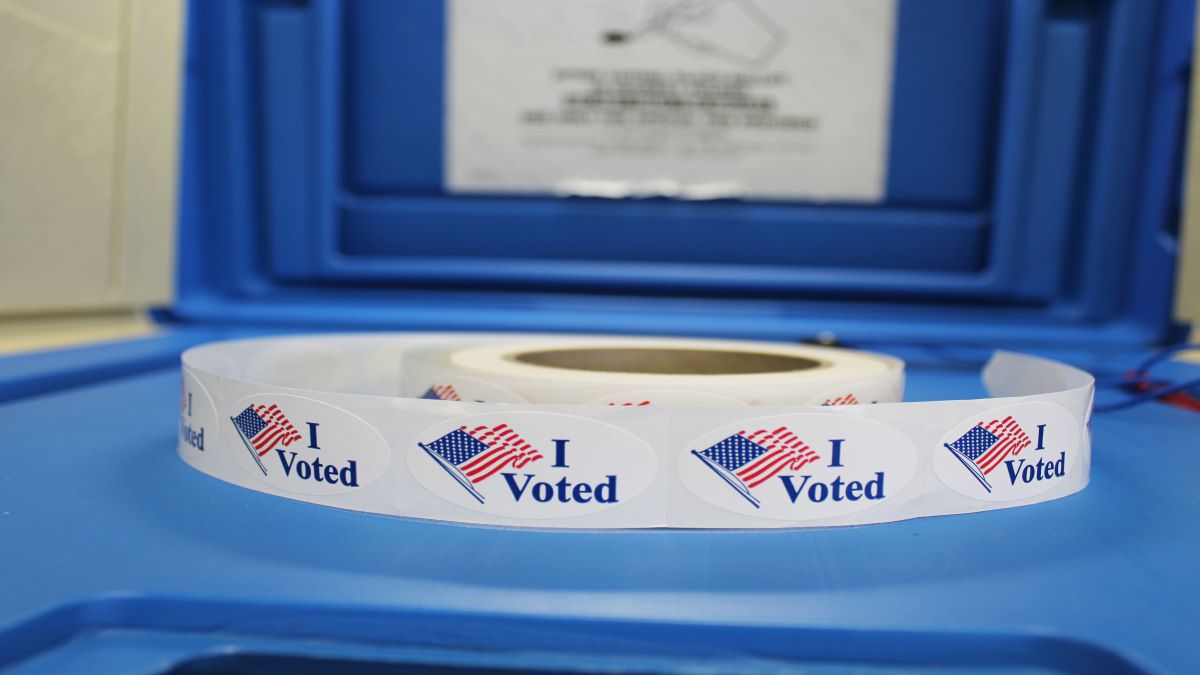
Welcome to the Electoral College! It has no football team, no students and awards no degrees. The only function it performs is to officially vote and declare the victor in a presidential election.
How It Works
There are 538 members of the Electoral College, one for each member of Congress and an additional three members for the residents of the District of Columbia.
Every state is guaranteed at least three electoral votes (for its two U.S. senators and one House member) and may have more depending upon their population.
The presidential candidate who wins 270 or more electoral votes, a majority, wins the presidency.
In every case except Maine and Nebraska, all electoral votes in a state are awarded to the candidate who garners the most votes.
In Maine and Nebraska, state laws give the plurality winner two votes (for the two Senators) and one each in their congressional districts. So, in 2016, Hillary Clinton won three of Maine’s four electoral votes, while Donald Trump earned one.
On the first Monday after the second Wednesday in December of each presidential election year, Electoral College members meet in their respective state capitols to vote for president and vice president.
The members are chosen by their respective political parties for this symbolic vote — symbolic because they are obligated to honor the outcomes in their states.
Take that in for a moment — we don’t vote directly for a candidate in the presidential election; rather, we vote for electors who vote for president! And as we noted above, in almost every state, it’s winner take all.
Why an Indirect Election of the President?
Organization of the Electoral College goes all the way back to the creation of the United States Constitution in 1787.
The 55 delegates in Philadelphia sharply differed on several foundational issues, including how to elect the president.
The evolution to today’s system was a bit convoluted, but the essence of the dispute over presidential selection centered on trust. Some delegates wanted the president to be selected by a simple vote of the people. Others wanted a check against a popular vote, thinking that a whimsical faction might temporarily influence the voters to act in ways harmful to the Republic.
A related issue focused on the representation of territory versus the population. It took a while, but by 1880, various kinks were worked out to leave us with the modern system we have today.
Electoral College votes are redistributed every 10 years after the census, with some states gaining more, some states losing, and other states remaining the same until the next census.
California currently has 55 delegates — the most in the nation because California has the most people.
Still, since other states gained more population than California over the past decade, the Golden State will probably lose one delegate after the census is completed.
Other states, particularly Texas and Florida, will gain Electoral College delegates.
Electoral College Controversies Today
Like so many compromises connected with the creation of the U.S. Constitution, both sides of the Electoral College representation method remain unhappy to this day. All we have to do is look back to the 2016 presidential election to appreciate the controversy. In that election, Donald Trump was the clear electoral vote winner, 306 to 232.
Meanwhile, Hillary Clinton won 2,900,000 more popular votes than Trump. How did this happen? Clinton scored lopsided victories in large blue states, including California.
For his part, Trump won more states, 30 to 19, with Maine splitting its electoral votes. The result: Trump piled up more electoral votes. It was the third time a split between electoral and popular votes occurred in the modern Electoral College era.
Looking Ahead
The Electoral College is part of the Constitution, which means the most likely way to change the system would be through a Constitutional Amendment.
That’s not easy in as much as the process requires a two-thirds vote from each chamber of Congress as well as approval by three-fourths of the states.
Some reformers have proposed that states award their electoral votes to the national popular vote winner, regardless of the popular vote winners in each state.
Such a system would ensure that whoever wins the national popular vote would win the presidency.
So far, 14 states and the District of Columbia have embraced this plan with their combined 189 Electoral College delegates, but they are 81 votes short of the 270 votes needed for an Electoral College victory.
More significantly, many constitutional experts believe that the approach would not gain approval of the U.S. Supreme Court, oddly enough an unelected body!
In all likelihood, the current Electoral College will remain in place for some time to come.
So, if you’re watching the returns on election night, remember that electoral votes will “trump” popular votes!
Coming next week: Incumbency



